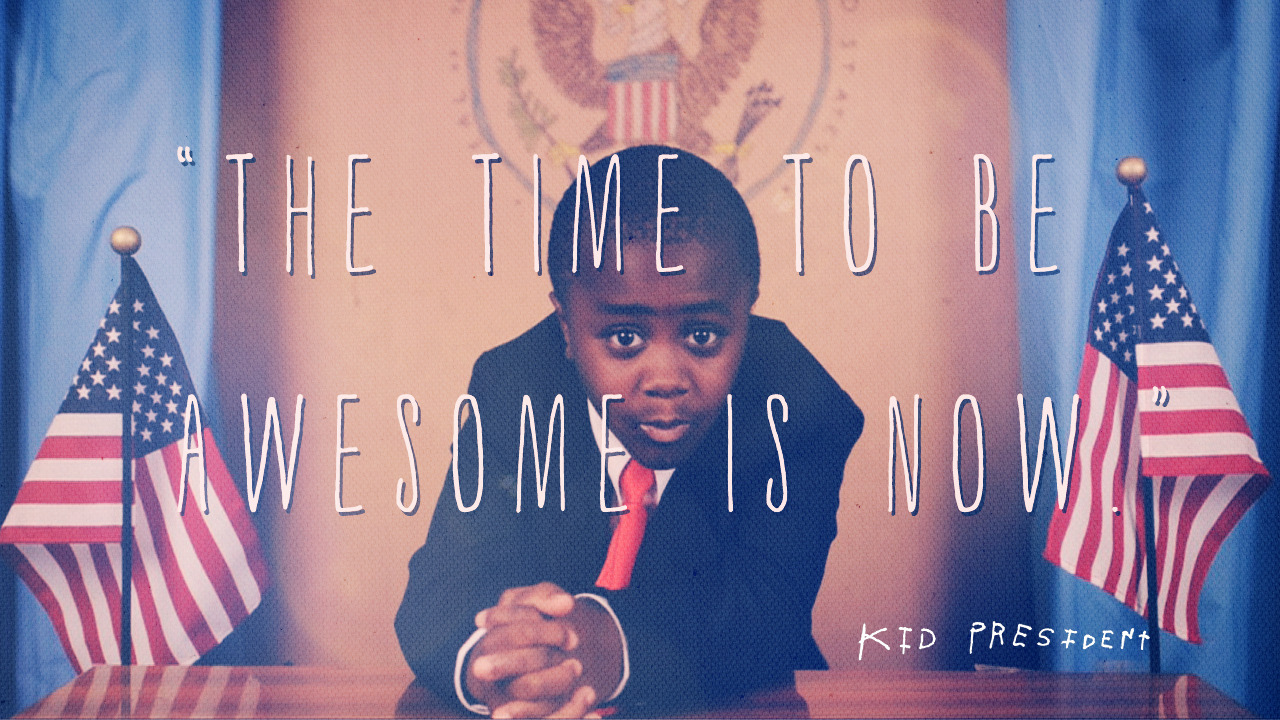Pixar Perfect: 3 lessons from the next great business book, Creativity Inc
By: Ryan Burgio
August 8, 2014 | Reading Time: 5 mins
“Getting the right people and the right chemistry is more important than getting the right idea.” – Ed Catmull, Creativity Inc.
A few weeks ago I had a chance to take some time to refresh, relax and disconnect at a cottage in Wiarton, Ontario. No internet, no TV and spotty cell phone service meant that I could get some required reading done. A book I’d been hearing a lot of buzz about was Creativity Inc. by Ed Catmull and Amy Wallace. Ed is the co-founder of Pixar Animation and now is the President of both Pixar Animation and Disney Animation.
Pixar is an example of a company that has consistently delivered creativity and has barely missed a beat. From their early successes with Toy Story and A Bug’s Life to Monsters Inc. and Wall-E, they seem to defy convention by staying at the top of their game year in and year out.
Creativity Inc. is fantastic! Not only because of its business lessons but because it weaves it into an exciting story of entrepreneurship and innovation. It also gives us some insight into the softer side of Steve Jobs. Jobs really valued the brilliance of Pixar Inc. and as he aged he became a wise and empathetic leader. It was nice to see the more mature and wiser side of Jobs portrayed in this book.
I couldn’t put the book down. It took me 2 days to read only because I was furiously writing notes and quotes every chance I got. More importantly, I couldn’t wait to get back to the office to start implementing what I learned.
As a digital marketing agency in the growing technology sector of Kitchener-Waterloo, we need to constantly innovate and come up with creative solutions. Here are 3 things we learned from Creativity Inc. that we’ve implemented over the last month. It’s been only 30 days and we’re seeing great results. We’re more efficient and delivering better marketing results for our clients.
#1: Project Awesome

At Pixar, once a year they bring the entire team together to innovate and grow. Once a year, they have what’s called a Notes Day. On the first Notes Day, Employees discussed 106 topics in 171 sessions during the Notes Day event. The first Notes Day focused on how to cut costs by 10%. The premise is that in order to solve business problems, it requires the frank input of the entire company. The best way to solve a problem is to utilize the entire knowledge of your workforce in a candid and open way.
At Stryve Group, we took this approach and modified it slightly. Notes Day at Stryve Group is called Project Awesome. Instead of once a year we carve out an hour every Friday. We bring our team together and work on solving a problem that will make our business better. And we pose the challenge in a future state. For example, when we wanted to get better at content curation we posed the future state in the following way: “It’s July 2015, Stryve Group has developed a content curation process that generates more and better content for our clients. How did we get there?”
This is not a top-down meeting. Our entire team is invested in bringing ideas to the table with the goal of creating a better company. We never skip a Project Awesome meeting no matter what’s on the agenda.
#2: A Duty To Be Candid
“Candor could not be more crucial to our creative process. Why? Because early on, all of our movies suck. That’s a blunt assessment, I know, but I choose that phrasing because saying it in a softer way fails to convey how bad the first versions really are. I’m not trying to be modest or self-effacing. Pixar films are not good at first, and our job is to make them so–to go, as I say, ‘from suck to not-suck.'” – Ed Catmull, Creativity Inc.
At Pixar, there is a no-holds-barred approach to candour. Anyone and everyone is encouraged to give honest and open feedback on anything. From storylines to production processes to even office design. It is not enough to just be candid. Those receiving feedback need to have the choice of whether to make the change. And furthermore, the feedback has to be constructive. It’s not enough to say, “that is not very good”. When you provide feedback it should be entirely focused on suggestions for improvement and growth.
At Stryve Group we’ve always been candid with each other. An open and honest dialogue is part of our culture. But we felt we were missing one crucial element: pushing people to be candid. It wasn’t enough for Sourov to be blunt. It wasn’t enough for me to give honest feedback. It wasn’t enough for our team to chime in occasionally. We needed to have a culture where people felt it was THEIR DUTY to be candid.
How did we solve this problem? We told them it was their duty. We push them in meetings to tell us how they are feeling and what problems they are facing. We react positively to those that identify issues. And most importantly, we encourage everyone that feedback isn’t personal. It’s part of the process of getting better every day.
#3: Show Off Your Ugly Baby
“The cost of that becomes clear when you think of how a movie starts out. It’s a baby. It’s like the fetus of a movie star; we all start out ugly. Every one of Pixar’s stories starts out that way. A new thing is hard to define; it’s not attractive, and it requires protection.” – Ed Catmull, Creativity Inc.

What in the world do ugly babies have to do with business? At Pixar, every movie concept was a baby to somebody. It was near and dear to their heart. But in the early stages of story formation, usually, that baby is ugly. The idea is not fully-formed yet. It’s still raw. But it needs to be protected. It needs an opportunity to learn, grow and form into something beautiful. And that requires that we show our ugly baby to the team. As the saying goes, “it takes a community to raise a child”. In business, it takes a team to grow an idea.
Too often we throw out ideas because they aren’t perfect. Too often we try to protect ideas that aren’t fully formed. The idea behind the ugly baby is to bring your ideas, concepts, creative or strategies to the team early on for feedback. Don’t worry if they aren’t perfect. The point is to start the process.
At Stryve, we’ve begun to implement project check-ins and collaboration points earlier in the process. And we encourage our team to not work in silos. Utilize the team to give feedback on your idea even if it’s still ugly.








